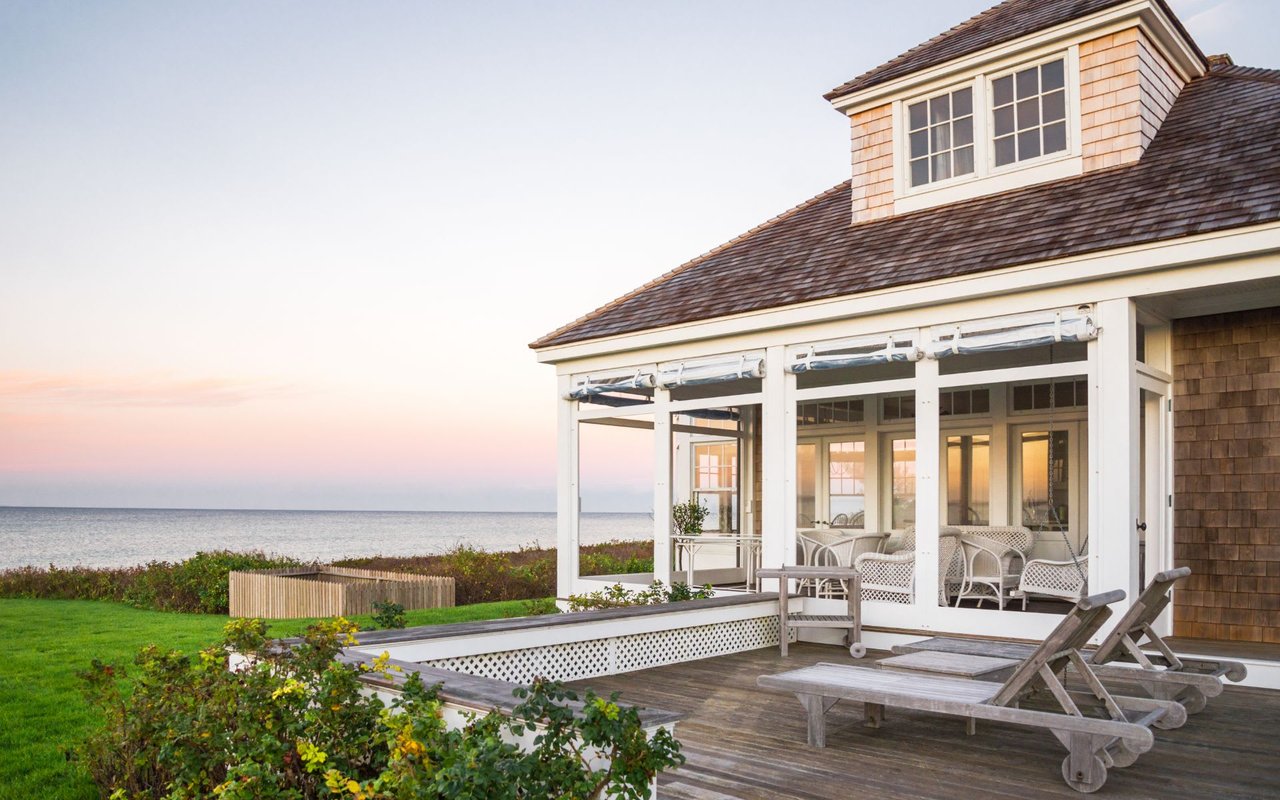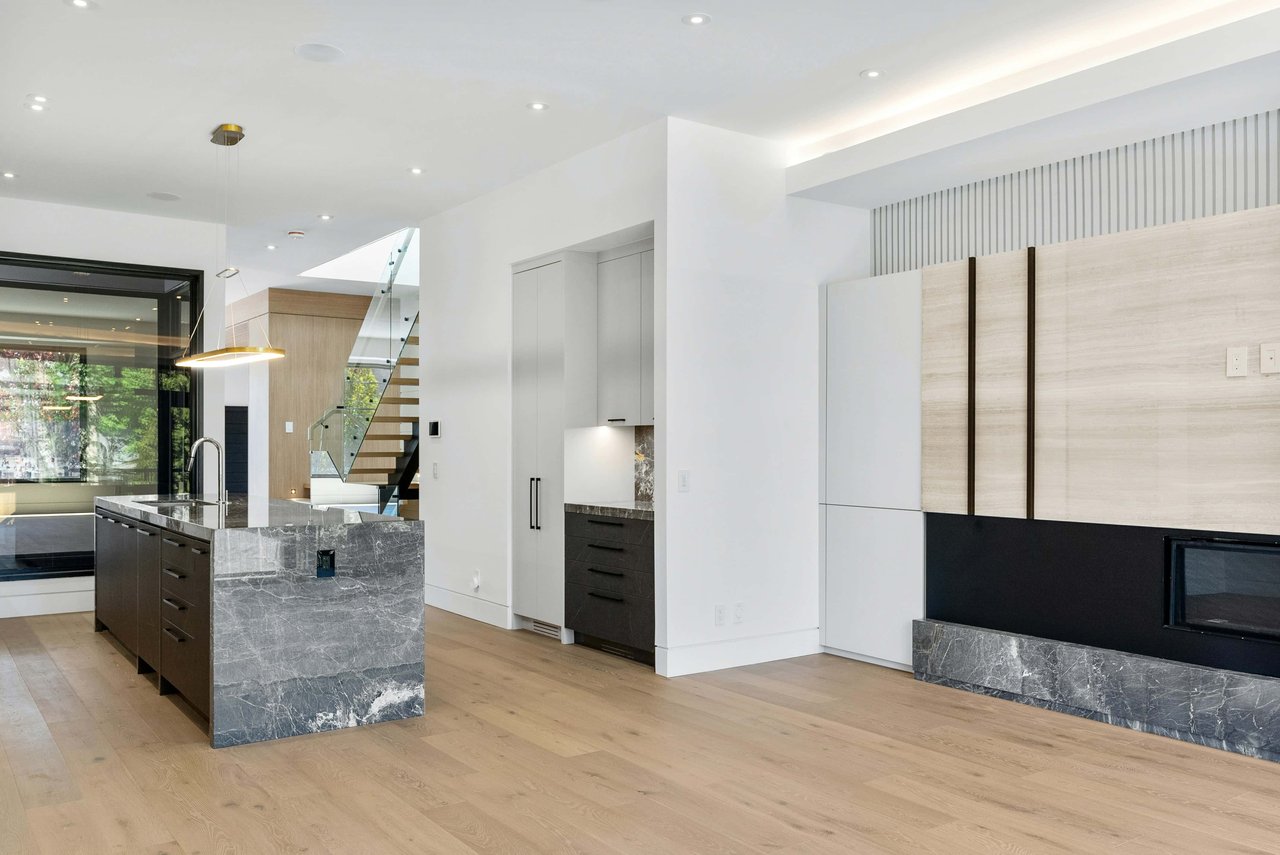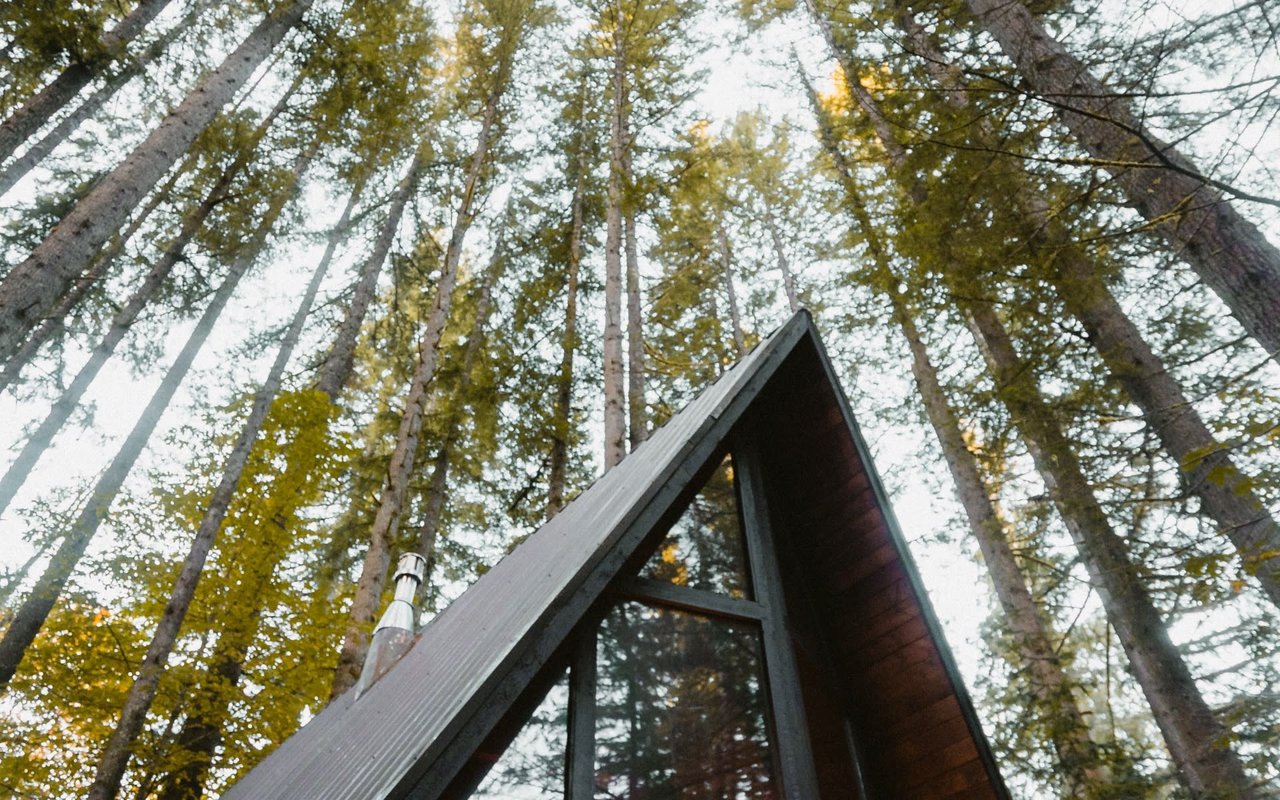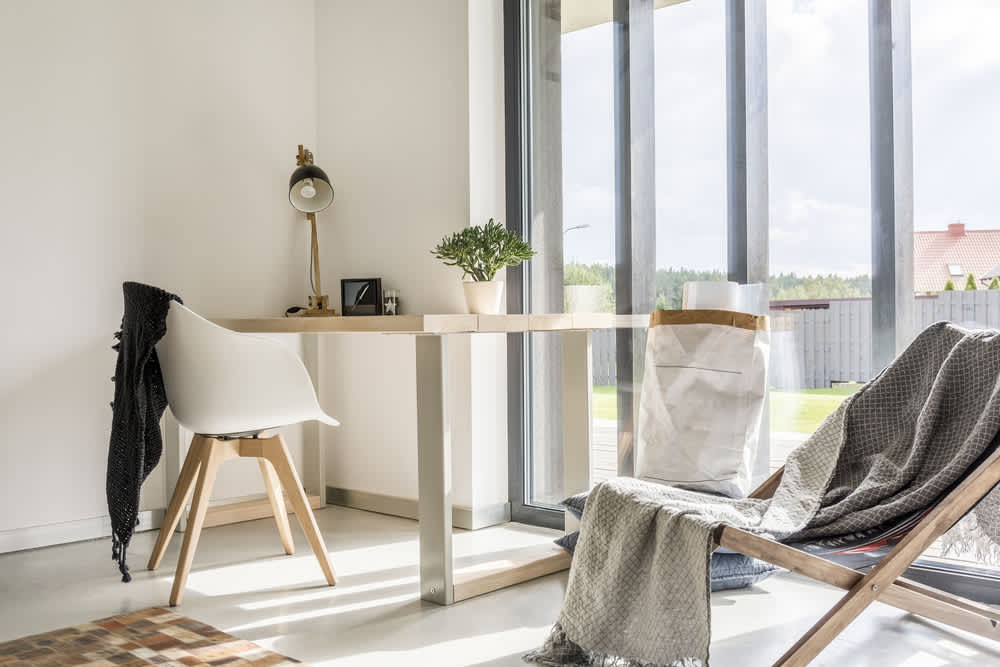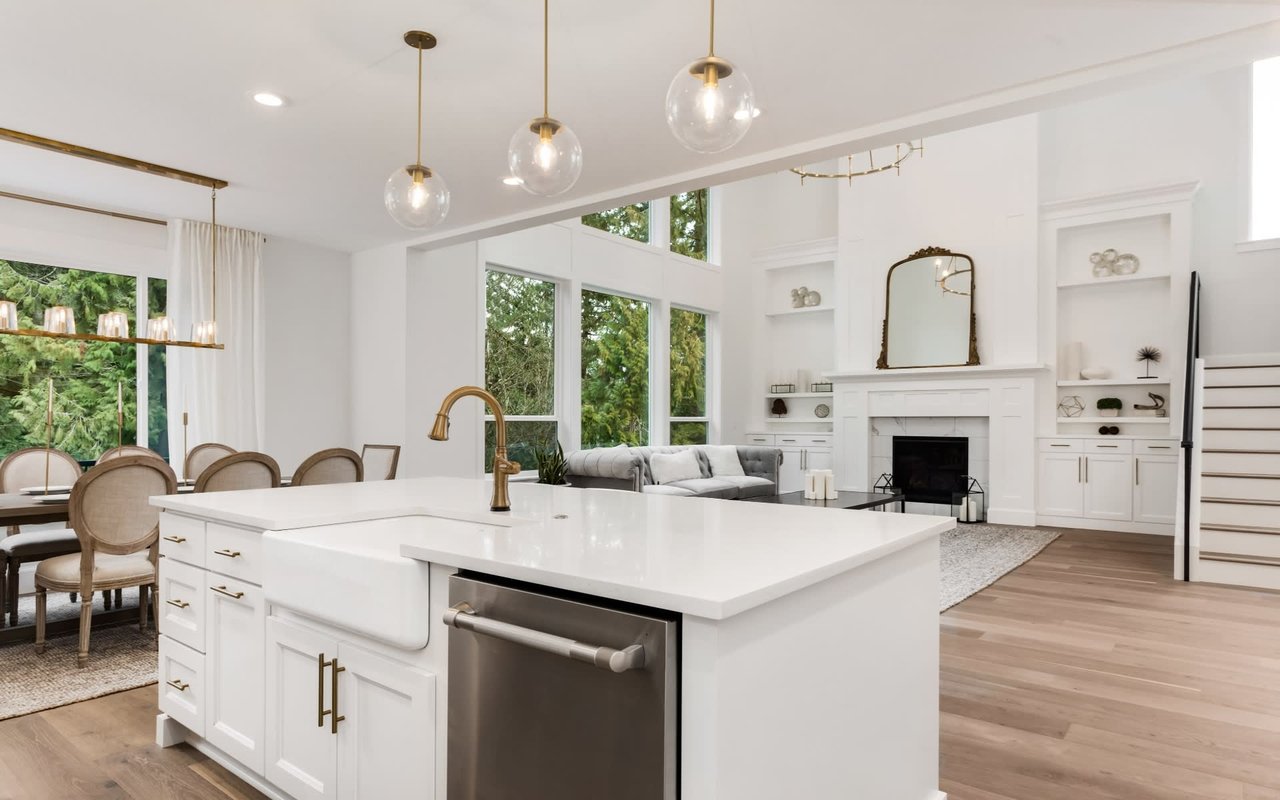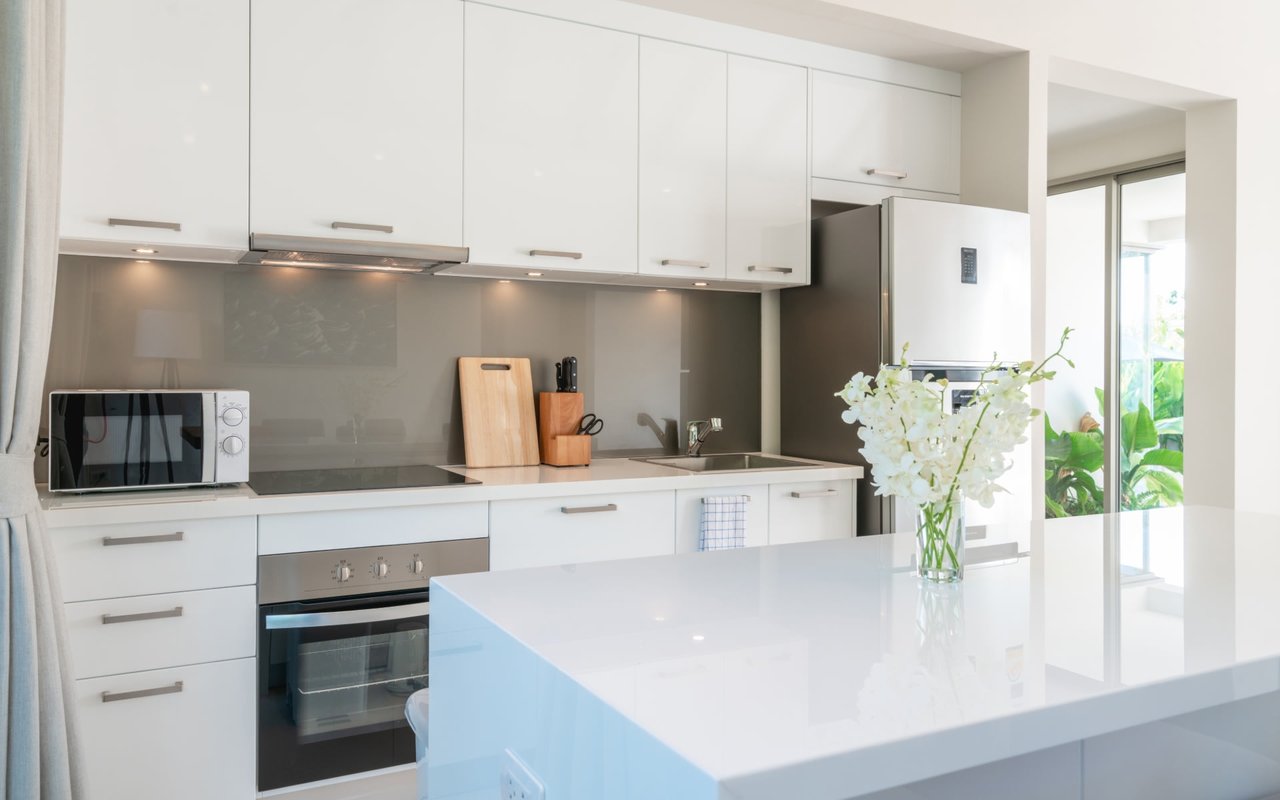There is not much land in Greenwich, which is interesting given that Greenwich is the second largest town in Fairfield County after Newtown. Curiously, it’s hard to put an exact number on just how much land we have. Lots of websites use 47.83 square miles as the area of Greenwich, but a town annual report says 50.6 square miles, while Wikipedia says 67.2 miles, but this includes the water. Luckily, the Realtors in town don’t sell much water, though for many years, the lowest priced listing in Greenwich was for a boat slip on the Mianus River.
Less Than 1% Is Available for Sale as Land
If we take the 47.83 square miles number and multiple it by 640 acres per square mile, we come up with 30,611 acres which is quite a bit of land. So where are we short of land? The land that there is not a lot of in Greenwich, is land listed for sale. As of this week we only have 69 land listings in Greenwich compared with 484 listings for single family homes. The land listings total 243 acres, while the residential listings total 938 acres. Only 0.79% of the land in Greenwich is available for sale as land.
You can buy a land listing in every part of town as our land listings are very evenly spread throughout town from Banksville to Byram and Backcountry to Belle Haven. Of the 69 land listings that we presently have 19 are in backcountry, 18 are in mid-country and 20 are in the southeast part of Greenwich; Cos Cob, Riverside and Old Greenwich. As you might expect with either raw land or a teardown, the average price for a land listing is lower, $2.22 million versus a single family home listing, $4.11 million.
Greenwich Land Listings as of 2/18/20
Never developed land in Greenwich is a particularly rare commodity. In the last 380 years since Greenwich’s founding, just about every lot worth building on has been built on. We get most of our raw land listings from subdivisions of oversized lots where the house is on one lot and the formerly empty extra acreage becomes another lot.
Fire, unfortunately, is also another source of “raw” land as it doesn’t take much of a fire to condemn a whole house. The smoke damage, and the water damage from putting out the fire, often mean that the total cost to clean up the house, eliminate the smoke smell from carpets, walls and ceilings as well as to reconstruct the actual fire and water damaged areas can quickly exceed the costs of building a new house. I have this exact situation in backcountry Greenwich where we will be putting on a very developable 8.7 acres for $1.49 million.
Land Sales Appear Artificially Low
So how does land sell compared to houses? If you look at the raw numbers, the answer would be not well. Last year we only had 15 sales of land that totaled 77 acres or 5.1 acres on average. On the single family home sales side, we had 527 sales that totaled 734 acres or 1.39 acres per sale. Land listings are larger and don’t seem to sell as well. The larger factor is due to many oversized lots being listed for sale as land.
The poorer sales are actually an artifact of the way that sales are reported on the Greenwich MLS. As mentioned, most land listings actually have a house on the land and are usually also listed as a residential listing. When the property sales, the agent has to change the status on one listing to “sold” and the other listing to “cancelled”. Most agents pick the residential listing to be the sold listing and cancel the land listing. The result is that sales of listings for land are significantly under-reported.
Tips on Working With Developers on Land Sales
I’m part of the New Development Group at Berkshire Hathaway and we deal with a lot of builders and developers. To their credit, none of the builders that I know of, want to be known for building cheap houses. Cheap construction doesn’t sell in Greenwich. (An out of town builder tried to do that in Pemberwick using lots of plastic; on the front porch, on the siding and in the windows. It was a tough sale, that hung around for a long time.)
Builders are interested in getting the land for as cheap as possible as every dollar they save is an extra dollar of profit. Agents who work with developers know what they are looking for and will often contact owners of developable land directly, often by letter, to see if they might want to sell. (Owners should be a little cautious as a few agents have been known to exaggerate just how active the buyer is to get a listing.) A developer/buyer needs a low price if they are to make a profit. I know one prominent local developer who strongly believes that prices of land need to come down more for there to be significant new development to meet our demand for new housing.
When we represent developers, we have several non-monetary incentives that can make a developer’s lower price more appealing. For example, the closing date can be flexible. Some buyers want a quick close and no mortgage contingency and our more well-financed sellers can do that. On the other hand, I just had a seller in Riverside who was older and was downsizing. She needed a longer closing time to arrange for her children to take the furniture they want, arrange a tag sale and sign a contract with the place where she wanted to move. Another cost saving and hassle saving in a private sell to a developer is that the homeowner doesn’t have to stage the house and keep it constantly in pristine shape ready for a showing.
I also often ask that the seller be allowed to leave whatever they want in the house that is being torn down. This not only saves the seller money, but it is also a major time saver and stress reliever. A lower price from a developer does not necessarily mean a lower value to the seller.
Custom Building Your Own Home
Land listings are unique and need to be looked at carefully. If you plan on building a custom house in a new development, it really helps to know what the neighbors are going to build. I have a land listing with Carline Martin in a new development off of Sherwood Avenue and the fact that we have two large, beautiful, newly built houses on each side certainly makes the property more valuable as the buyer can see what the neighborhood will look like.
If you want to build a house, it helps to have an agent and an architect who is familiar with the requirements at planning and zoning, wetlands, floor area ratios and setbacks, green areas, wells or town water, and septic or sewers. When you are building your dream house, you have lots of options, but also lots of rules to follow, but in the end you have just the way you want.
